Tips to Spring Clean Your Resume

By: Jaime Howley, VPof Recruiting and Client Relations
Spring is finally here, and while many are working to spring clean their homes, your resume might also need some TLC. At JK Exec, we review resumes on a daily basis and spring is the perfect time to “clean it up” for a more successful job search. Here’s how:
What should you include on your resume?
Every resume should include your full name, address, phone number, and email address at the top of the page. The body of the resume should include a career objective/professional summary, work history, and core competencies or skills. Including all of these on your resume will allow employers to have an accurate snapshot of your career, capabilities, and goals.
If you are established in your career, your work history may include up to 15 years of prior relevant work experience. For those just starting their professional career, a work history should include all prior experience, regardless of whether the experience is directly related to the position you are currently applying for.
Throughout the pandemic, many people in the job market have at one time or another switched to or taken on contract or freelance work. Many people may also have gaps in their resume from the pandemic. While some of these “odd” jobs might not be relevant to the job being applied for, including them on a resume to fill a gap is advised to demonstrate drive and work ethic.
What are some common resume mistakes?
Some of the largest resume mistakes come from issues in formatting and inconsistencies. Proofreading your resume for errors in spelling, grammar, and stylistic inconsistencies is important. Opt for simplistic bullet styles over paragraph styles. At the end of the day, your resume should be easy to read and remain visually consistent in all formatting and style. Resumes should be kept to 1-2 pages.
While it isn’t necessarily a mistake, including a picture of yourself on your resume is not necessary and can take up space better used for more important information. More likely than not, employers will be looking at applicant’s LinkedIn, and this is the place to have a photo of yourself. It is also important to make sure that your LinkedIn profile and resume information match.
If you work in an industry that uses specific language or acronyms, do not always assume that those reading your resume will recognize what those terms mean. Doing a little research into universally used terms to use instead can be helpful in this case.
If you are submitting your resume to a third party, such as a recruiting firm like JK Exec, you might want to consider avoiding table formats and keeping your resume in a Word Document versus PDF. This makes it easier if your resume needs to be uploaded into a system to aid in your job search.
What are some easy ways to make a resume stand out?
Some people want to bring a level of creativity to their resume to make it stand out. While this is a good notion initially, it is recommended in most cases to avoid too much creativity. If you want to stray from using black throughout your resume, adding one other color can help highlight important skills and experience. When doing this, JK Exec recommends keeping the second color a primary color and avoiding using too much of it.
Elements that will truly make a resume stand out lie in the visual presentation and consistency of the resume, as well as the core competencies section. Highlighted skills and expertise show the employer your specialized knowledge related to your field. However, this can be easily customized to different industries. For example, someone applying to a sales position might want to use this section to highlight social competencies and sales numbers while someone in a more technical industry might highlight industry certifications and platform familiarities.
Whether you are entering the workforce for the first time or looking to advance your career, these resume basics will help to freshen up your resume in time for a successful spring job search.



